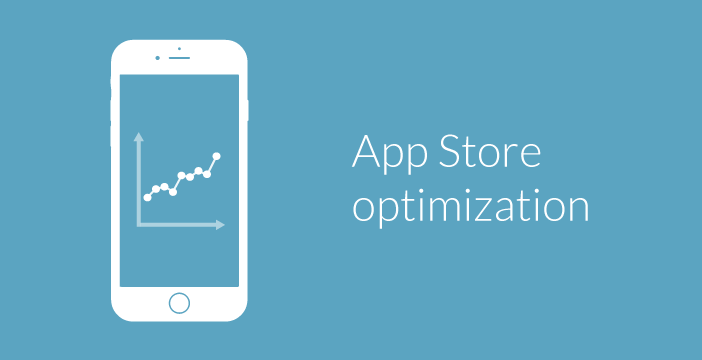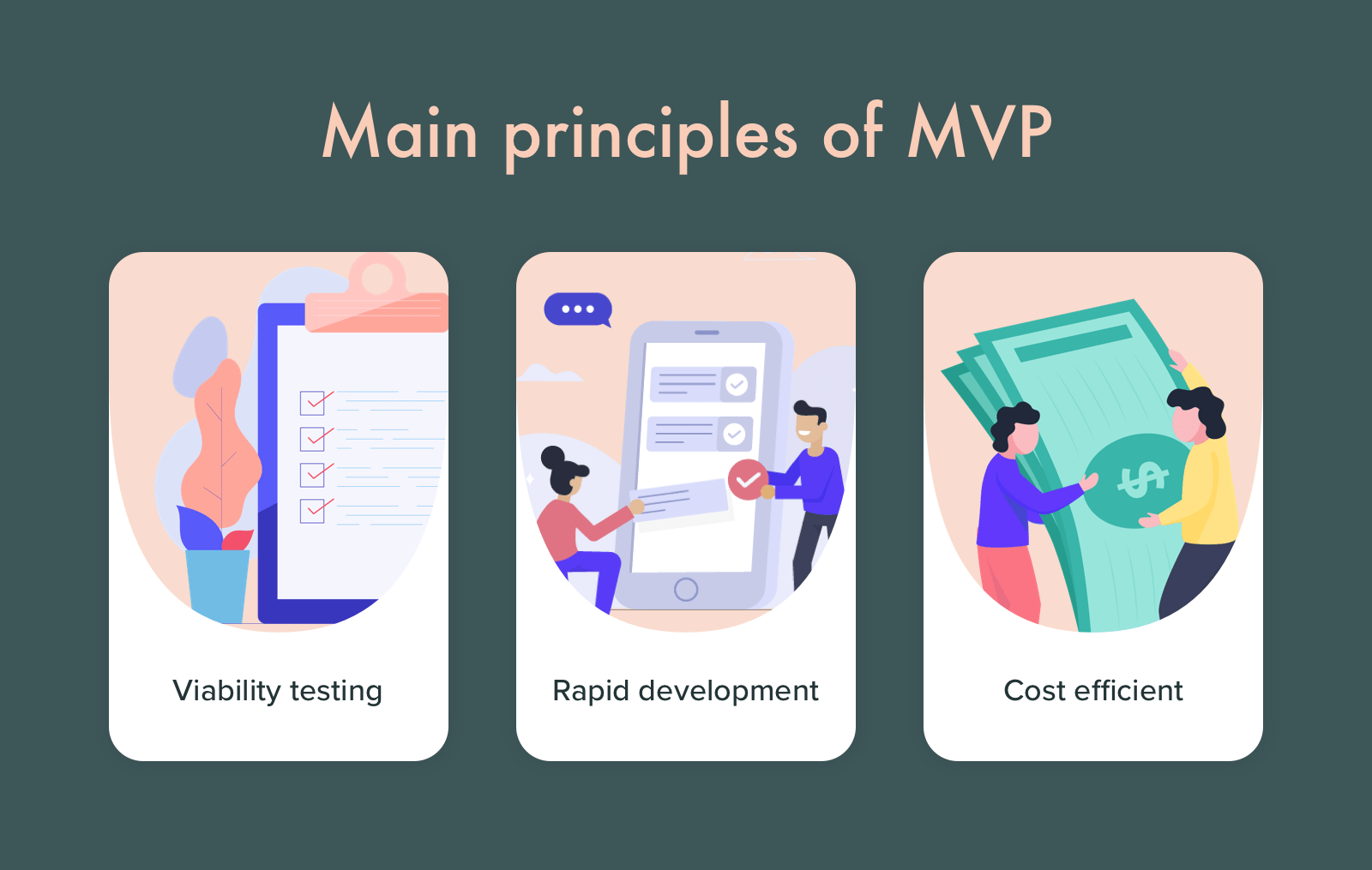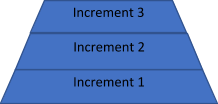
With numerous mobile apps entering app industry daily, the biggest challenge for app developers is to make their app survive. How can one develop an app that beats 2.8 million mobile applications? How can one make his app stand out of the crowd when user hardly use 30 apps a month? How can one create a mobile app with lifetime success like Pokemon Go, Candy Crush and SnapChat?
One word answer to all of these questions is App Discovery.
App Discovery
App Discovery phase, in simpler terms, is the phase where you put your app idea on paper. You consider your business objectives and user expectations and plan how your mobile app will look and feel. You define all the crucial requirements, estimate the cost of app development and all the major milestones. In a nutshell, you create an effective blueprint for your mobile app project.
To ensure impactful results, the mobile app developers should consider the following stages/steps of application discovery:

1. Concept Analysis – To determine if your app idea is feasible as per the business and technical aspect.
2. Market Analysis – To find out your target audience and market based on different demographics like Age, Gender, Income, Region, Occupation, etc.
In addition to Concept analysis and Market analysis, it is also profitable to invest your valuable time in Competitive analysis. It will help you understand competition your app will face and how to deal with it.
3. Requirement Gathering – To study and decide what features and functionalities you want to add in your mobile application. While deciding app features, mobile app developers should consider the needs and expectations of their end users. This will help in creating a user-centric application and hence, improve the chances of app survival.
4. Wireframing – Wireframe is yet another phase of mobile application discovery that you can’t miss. It let you design a visual layout of the app project and determine what features/specifications can be achieved by certain layout and UX.
5. UI Prototyping – This phase helps mobile application development companies to visualize the end product via graphic designs that empower target users to experience the in-app flow.
6. Development Tools and Technology – In this phase, you decide the technologies and tools to employ for building a successful mobile application.
Now, as you know the perks and stages of the App Discovery phase, let’s move to tips for effective app discovery. Ones which can be applied in addition to taking advantage of Apple’s App Clip, Google Instant Apps and similar discovery-friendly functionalities.
Tips for Effective Mobile Apps Discovery
1. Consider ASO

Irrespective of endless marketers efforts, App Store is still the leading source of app discovery, which implies mobile app developers should learn and implement the best practices of ASO (App Store Optimization) to enhance app visibility.
2. Turn towards Social Media Marketing

Employ social media networks to engage the target audience. Share the screenshots and short videos of your app to engage them. Allow users to share your posts/tweets on their timeline and get leverage of exciting offers.
3. Invest in Referral Marketing

This mobile app promotion strategy is to attract new users while keeping the existing ones hooked with your mobile app. All you have to do in this case is to allure existing users to share the app with their near and dear ones and enjoy lucrative offers/incentives.
The most overwhelming example of this kind of app discovery practice is Dropbox. The app saw an uplift from 100,000 to 4,000,000 users within 15 months, all thanks to this method.
4. Team up with Bloggers

Finding bloggers with experience in your niche and asking them to write about your app is also an effective strategy. You can pay them for writing about your mobile application on their blogs, or can let them try a free version in return for the same.
5. Go for Third-Party Advertisements

Apart from focusing on a respective app store, you can also submit your app on third-party app stores like Amazon app store and Samsung app store in order to increase your app visibility.
With the uprising competition, the need and searching style of consumers have also changed. As per Google’s recent research, users these days are becoming more particular of how and what they search in mobile apps. So, it is advisable to look into the app search trends before building a mobile application.
App Discovery Trends for 2018
Here are the top four app search trends that the top app development companies would be focussing on, in 2018:
1. App with Productivity and Convenience

Smartphone users are looking for apps that make their daily life easier and effective, like note-taking apps, calendars, office suits, etc. Google disclosed that searches for apps with features like placing an order, discounts, and tracking orders have increased 120% YoY. This implies mobile app development companies can turn to productivity apps for enjoying better outcomes.
2. Apps that teach new skills

Users are more interested in learning new skills or polishing their skills more than ever. As per the reports, searches for learning-based apps like ‘guitar learning app’ or ‘painting learning app’ has experienced a rise by 80% YoY. Besides, the language-related apps have seen an 85% YoY rise in searches. So, if you build an education mobile application or an app that let the users learn something new, your app will have higher chances of success in the market.
3. Health and Fitness Apps

With time, the smartphone consumers are becoming more fitness-freak. They are searching for more fitness practices and products than before. According to Google report, the searches for fitness shoes and activities like weightlifting has been increased by 135% YoY. Besides, users are searching for apps that improve their physical as well as mental health, such as meditation apps.
4. Finance mobile applications

Whether it comes to reservation, purchase or enrolling in a gym, users are looking for discounts and other offers. In other words, users are more conscious about finances and are looking for means to save more. Google revealed that brands with ‘free services’ and coupons facility have grown to 90% YoY. This directly indicates that personalized offers and referral marketing should be taken into consideration for app success.
While there are various other ways to enhance your app visibility and improve its survival chances, the above-mentioned are our favorite.
What are your favorite hacks to reach a wider audience and promote your mobile apps? Share your tips in the comment section below.






